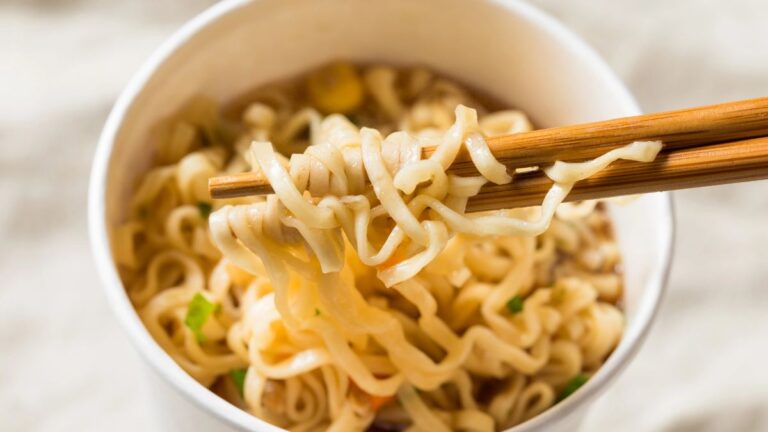15 Simple Habits That Help Reduce Food Waste at Home
Reducing food waste at home not only helps save money but also plays a significant role in minimizing our environmental impact. By adopting thoughtful habits and small changes in daily routines, anyone can start reducing waste and making the most of their groceries. These practices, from meal planning to storing leftovers smartly, can make a big difference. These habits can help reduce food waste and create a more sustainable kitchen.
Plan Your Meals Ahead of Time

Planning meals ensures that you only buy what you need. This way, you avoid buying extra ingredients that could end up going to waste. A detailed meal plan also gives structure to your grocery shopping, saving time and reducing the likelihood of impulse buys.
Not only does meal planning cut down on food waste, but it also saves money by reducing unplanned purchases. With a weekly plan in place, you’ll feel organized and prepared for each meal. Use a list when shopping to stay focused. A structured plan also allows you to rotate older items before they expire.
Shop with a Grocery List

Creating a grocery list based on what you already have helps avoid duplicates. Sticking to a list makes you less likely to buy unnecessary items. A list ensures you’re not distracted by promotions and seasonal items that don’t align with your meal plan. Checking your pantry and fridge before shopping also keeps you aware of what’s in stock, preventing excess purchases.
With a list in hand, you save time by not wandering through aisles aimlessly. Grocery lists also encourage healthier choices by keeping you focused on planned meals. Consistency with list-making over time will become a simple yet effective habit.
Store Food Properly

Proper storage can make a big difference in food longevity. Certain foods have specific storage needs, like keeping tomatoes at room temperature and potatoes in a cool, dark place. Using airtight containers for grains, pasta, and dried fruits can prevent spoilage. In the fridge, store food in the correct compartments to maximize freshness.
For example, leafy greens do well in crisper drawers, while dairy products last longer in the colder sections. Investing in reusable storage containers can also be a sustainable choice. Knowing where to store items helps you get the most out of each product.
Learn to Preserve Fruits and Vegetables
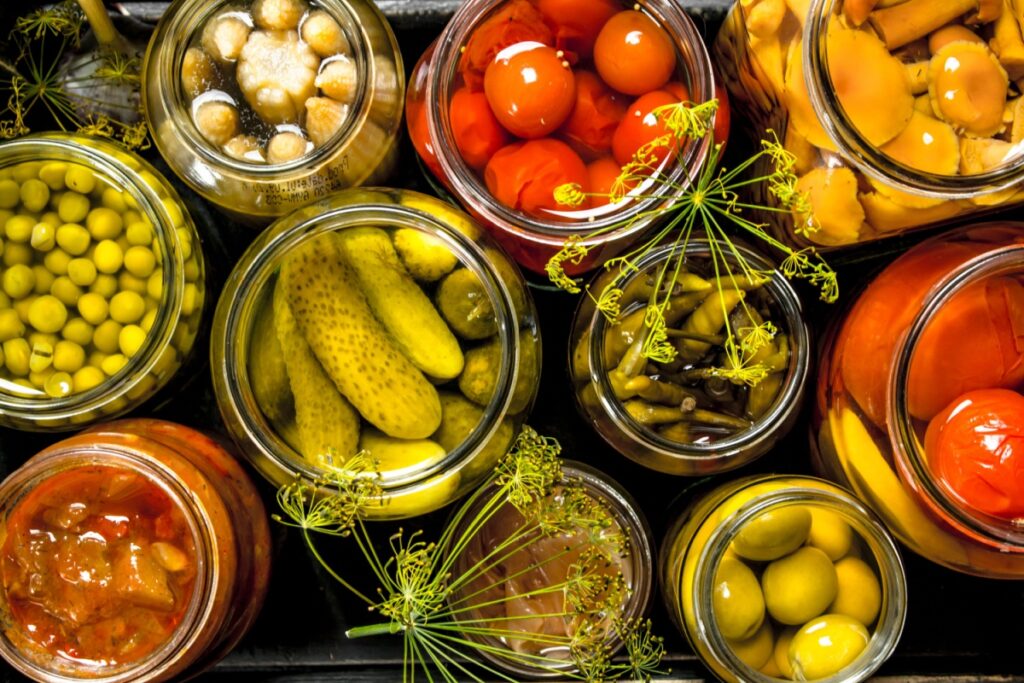
Preserving fruits and vegetables through methods like freezing, pickling, or drying can extend their lifespan. When fruits start becoming too ripe, think about freezing them for smoothies or baking. Vegetables that won’t be used soon can be pickled or turned into a sauce.
Canning is another option for long-term preservation, though it requires special equipment. Experimenting with different preservation techniques is a fun way to get creative in the kitchen. These methods ensure that fresh produce doesn’t end up in the trash. Preserving also introduces unique flavors to your meals.
Use Your Leftovers Creatively
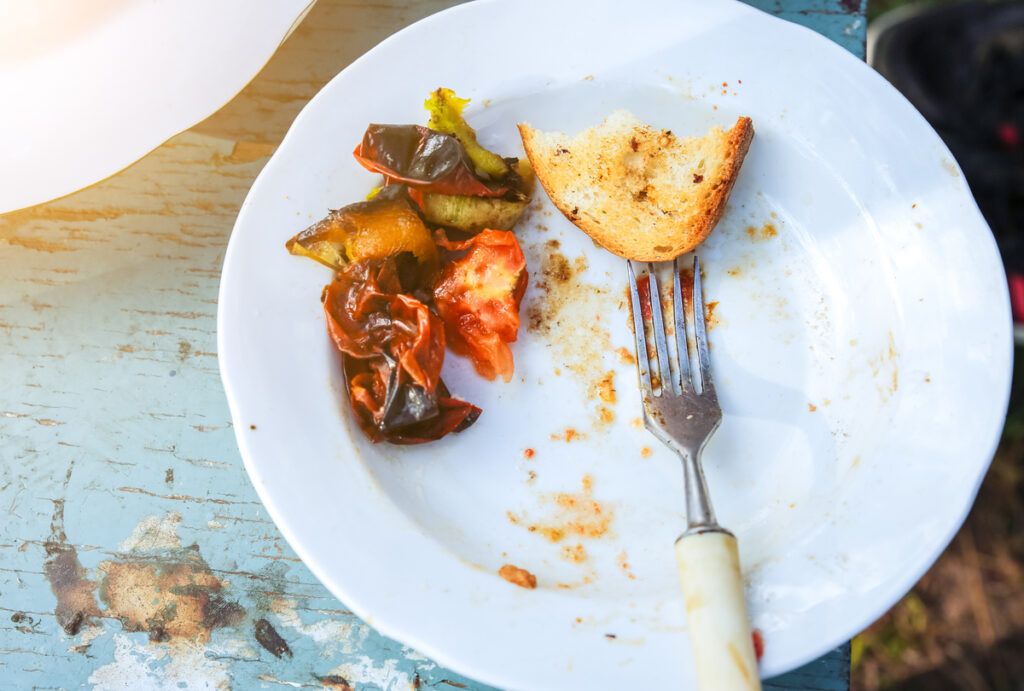
Leftovers don’t have to be boring! Transform last night’s dinner into something new for today’s lunch or snack. For example, roast chicken leftovers can be used in salads, tacos, or soups. Creating a habit of repurposing leftovers keeps meals interesting while reducing waste.
An organized fridge makes it easier to spot leftovers before they spoil. Labeling containers with dates helps you prioritize items. By thinking of leftovers as ingredients, you’ll find endless ways to reinvent meals.
Organize Your Refrigerator and Pantry

A clutter-free refrigerator and pantry help you see what’s available, reducing the risk of forgetting items. Start by arranging food items by type and keeping frequently used items accessible. Regularly rotating items ensures older products get used first. Clear bins and labels can make organizing easier, allowing you to spot what’s inside quickly.
Avoid overloading shelves; packed fridges can cause produce to spoil faster. Organizing doesn’t have to be complicated—small adjustments go a long way. A tidy kitchen encourages a more mindful approach to cooking and consuming.
Understand Expiration Dates
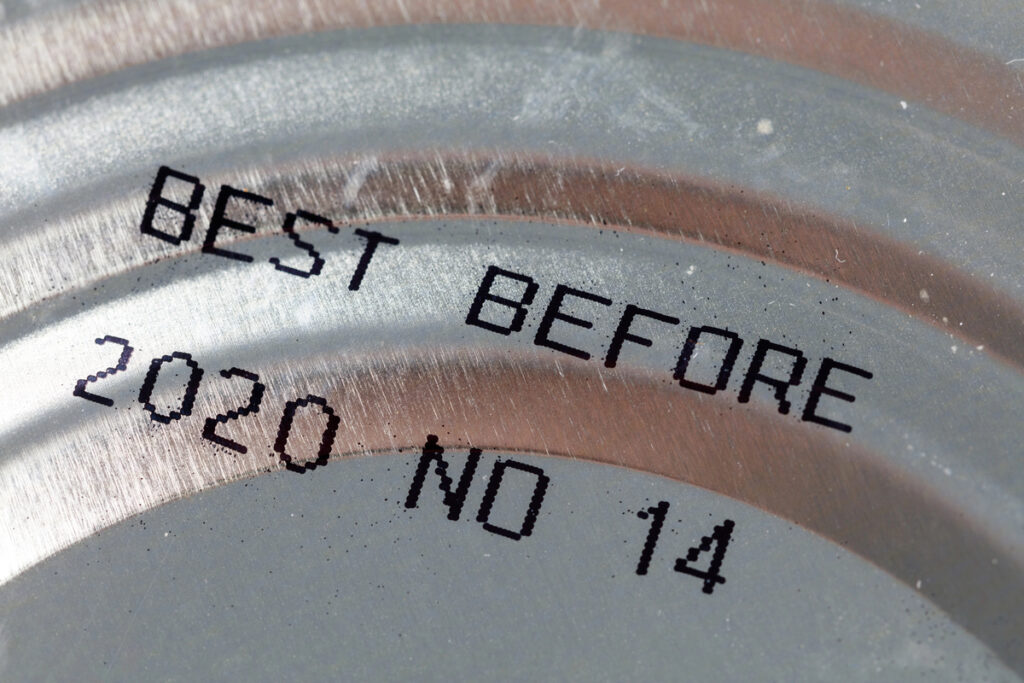
“Best by” and “use by” dates can be confusing but are essential for minimizing waste. “Best by” dates indicate quality, not safety, meaning the food is still safe to eat beyond this date, though quality may decline. “Use by” dates, on the other hand, relate to safety, especially with perishable items.
Familiarizing yourself with these terms helps you avoid tossing out items unnecessarily. You can often tell if food is still good by checking for changes in smell, texture, or appearance. This approach helps reduce food waste caused by misunderstanding labels. Trusting your senses can sometimes be more reliable than the printed date.
Practice FIFO (First In, First Out)
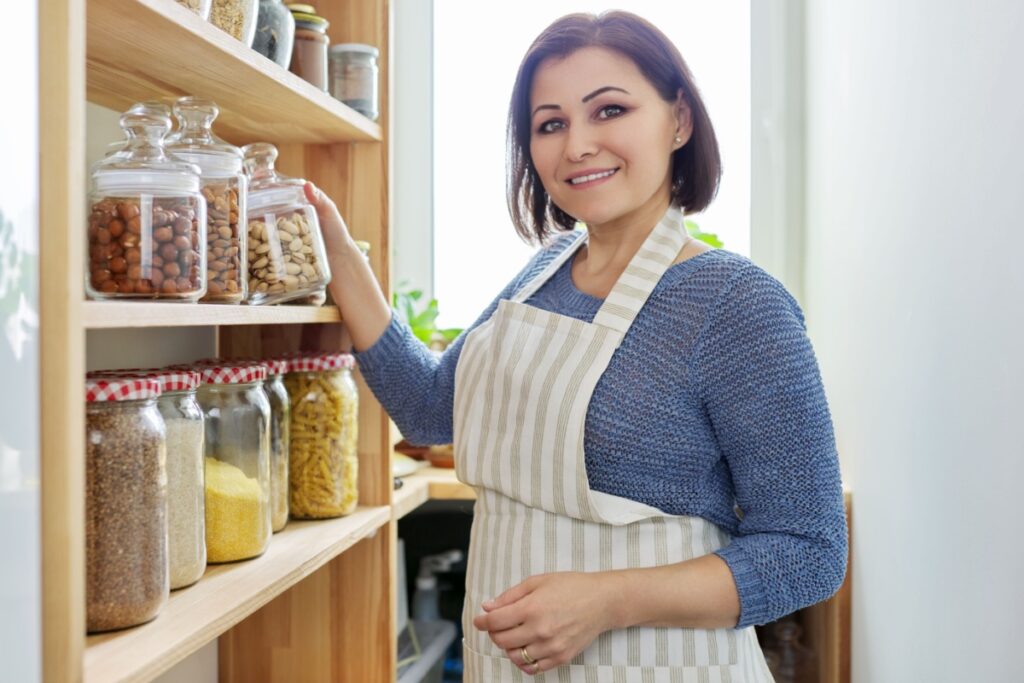
The FIFO method means placing older items at the front of shelves and newly purchased items at the back. This way, older products are used first, reducing the chance of spoilage. FIFO is particularly helpful for items with shorter shelf lives, like dairy or fresh produce.
Regularly rearranging items in the fridge and pantry keeps your kitchen inventory organized. This system also helps with meal planning by reminding you of what’s available. By sticking to FIFO, you maximize the lifespan of perishable goods. It’s a simple practice that becomes second nature with time.
Make a “Use-Up” Bin
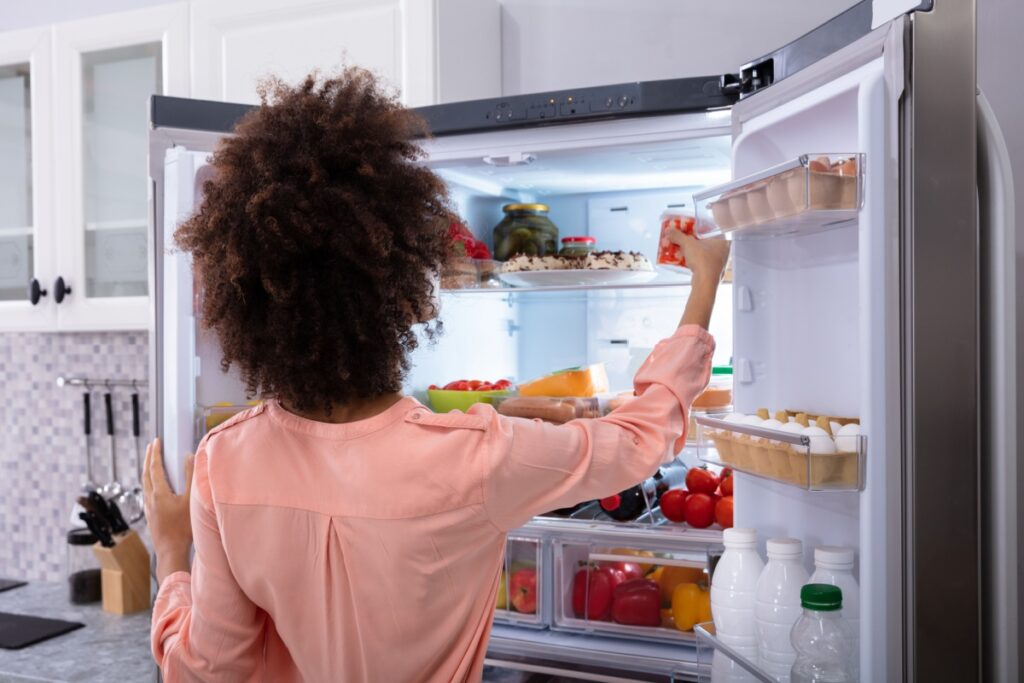
Designate a bin in your fridge for items that need to be used soon. Label it “use-up” so everyone in the household knows these items should be eaten first. This habit encourages creativity in cooking, as you might find ways to incorporate items that might otherwise go to waste.
A “use-up” bin can be a great spot for leftovers or produce nearing peak ripeness. With this approach, you’ll make better use of groceries you’ve already bought. It’s an easy way to stay mindful of your kitchen inventory. This habit can make a noticeable impact on reducing waste.
Freeze Excess Food

Freezing is an excellent way to extend the life of many foods, from cooked meals to fresh produce. You can freeze leftovers, surplus fruit, bread, and even herbs. Freezing also makes it easy to store items that aren’t used daily, keeping them fresh until needed. To avoid freezer burn, use airtight containers or bags and label items with dates.
Frozen fruits make great additions to smoothies, and frozen vegetables are convenient for soups or stir-fries. Having a well-stocked freezer also makes meal prep quicker and easier. By freezing food, you’re essentially preserving it for when you’re ready to enjoy it.
Try Composting Food Scraps

Composting is a fantastic way to manage unavoidable food waste, like fruit peels and vegetable scraps. A compost bin allows organic waste to break down into nutrient-rich soil, which can be used in your garden. If you don’t have outdoor space, consider a small indoor composting system.
Composting is a rewarding way to recycle nutrients back into the earth, closing the food waste loop. It’s also a sustainable habit that reduces what goes into the trash. Over time, composting can significantly cut down your household waste. This eco-friendly practice benefits both the environment and your garden.
Cook in Smaller Batches
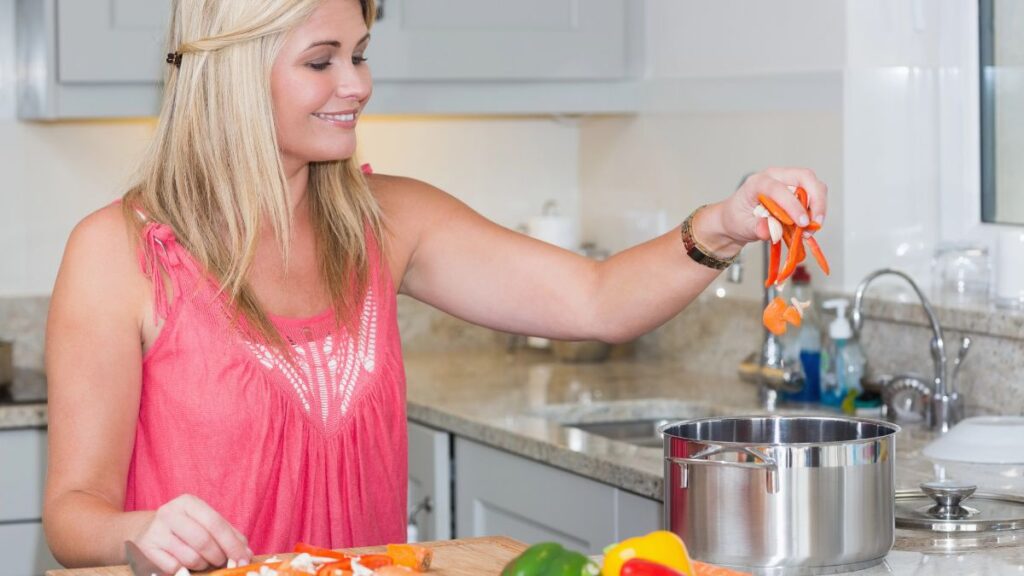
Cooking in smaller batches helps prevent leftovers from piling up and going to waste. This approach is ideal for meals that aren’t easy to repurpose, like certain sauces or stews. Smaller portions also make it easier to gauge how much food is needed. If you’re not feeding a large group, smaller portions are practical and save refrigerator space.
Cooking smaller amounts is especially helpful when trying new recipes. With smaller servings, you can avoid excess and enjoy fresh meals more often. Batch cooking works well for certain dishes, but for others, smaller quantities are more manageable.
Donate Excess Non-Perishable Items

If you find yourself with extra canned or boxed goods, donating them to local food banks or community fridges is a thoughtful option. Check expiration dates and quality before donating to ensure the food is safe to eat. Many communities have donation programs that make it easy to contribute extra items.
Donating food not only helps those in need but also prevents waste. It’s a simple way to make a positive impact in your community. Supporting food banks helps reduce the number of people experiencing food insecurity. It’s an easy habit to adopt and share with others.
Use Food Scraps for Cooking
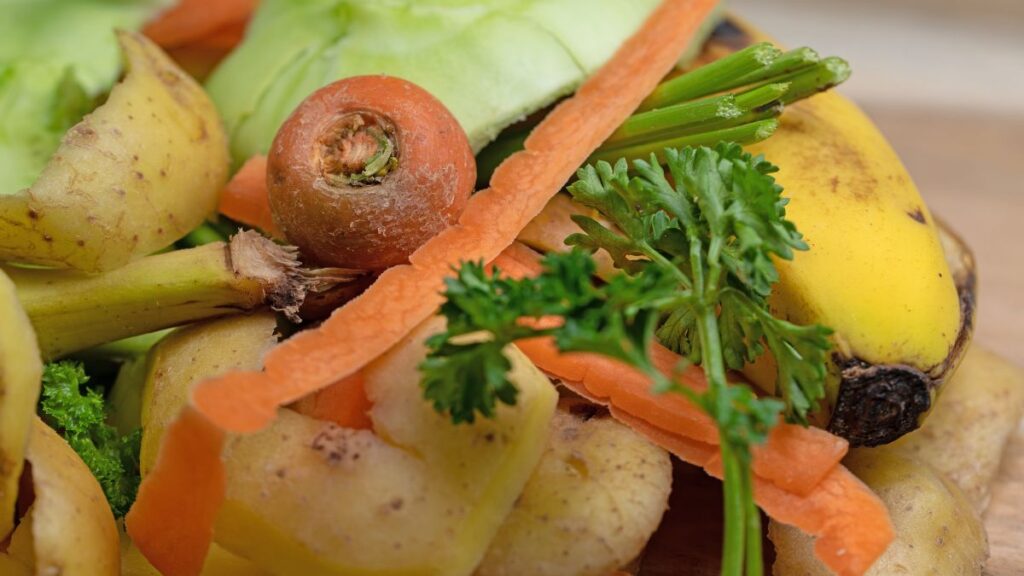
Vegetable scraps, meat bones, and even fruit peels can be used to create flavorful stocks, broths, or teas. Carrot tops, for example, can be blended into pesto, while potato peels can be roasted into crispy snacks. Repurposing scraps gives your meals an extra depth of flavor.
This practice is especially useful for large meals or meal-prep days when many scraps are generated. Experimenting with food scraps can inspire unique recipes. It’s a budget-friendly habit that makes full use of each ingredient. Cooking with scraps helps create a zero-waste kitchen.
Grow Your Herbs
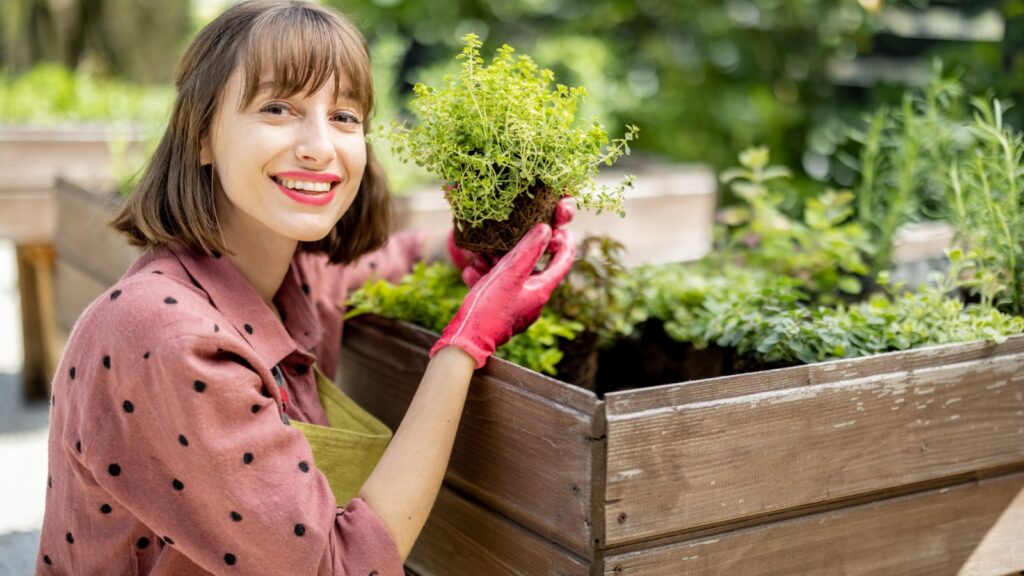
Growing herbs at home can save you from buying bunches that may spoil before they’re fully used. Fresh herbs like basil, mint, and parsley are easy to grow in small pots and add flavor to many dishes. A small herb garden allows you to pick only what you need, reducing waste. Growing your herbs also adds a touch of greenery to your kitchen.
You’ll have fresh, flavorful herbs available any time you want. A simple windowsill or balcony garden can support a few herb plants. This habit not only cuts down on waste but also enhances your cooking.
Hey Drunko: 15 Reasons You Should Stop Drinking NOW!

Abstaining from alcohol offers many benefits, encompassing physical health, mental clarity, emotional well-being, and personal growth. This lifestyle choice fosters improved overall health, greater mental acuity, and a steadier emotional state.
Hey Drunko: 15 Reasons You Should Stop Drinking NOW!
15 Terribly Toxic Habits We Have to Stop Accepting as Normal

We frequently normalize things that shouldn’t be normal and should be outliers, but when something happens so frequently, we tend to consider it the new norm.
15 Terribly Toxic Habits We Have to Stop Accepting as Normal


